What is Color Consistency?
The human eye perceives color based on the light used to illuminate it. Known as color vision, inconsistency with lighting can affect this perceived color. When it comes to LED lighting consistency, color differences are characterized between two axes: blue/yellow and green/magenta.
Blue/Yellow Difference
The blue/yellow difference is the most commonly noted when looking at lighting. These hues are typically measured by color temperature, known as degrees Kelvin (K). The intended application affects what is considered an acceptable color variation. Warm white, for example, has a color temperature of +/- 75K. Normal or cool white, however, falls between +/- 150K.
We know selecting the right LED for your facility can be a challenge, even without taking color consistency into the equation. Don’t worry we can help, try reading these tips on choosing the right LED product and solution for your organization.
Green/Magenta Difference
Green/magenta differences are defined using a Duv metric. A Duv of 0.000 is considered a neutral light source. When this measurement swings towards the negative, it indicates a magenta shift. By comparison, a positive Duv indicates a green shift. Lesser known, many professionals feel that the Duv metric better defines color variations. In fact, variations of more than 0.002 are considered noticeable when viewed.
Common LED Lighting Color Consistency Problems
Color consistency problems can appear immediately or over time, as products are replaced. One of the biggest issues is the manufacturer’s tolerances. Some manufacturers fail to have tight tolerances when it comes to the color consistency of the chips they use. This can lead to color consistency problems between fixtures even when produced by the same manufacturer. Another issue is related to degradation over time. LED chip tolerances can slip as time goes on. With shifts often occurring in shades of blue, green or pink – these color consistency problems can become more pronounced as time goes on.
Solutions for Fixing Your LED Lighting Color Consistency
Luckily, there are a couple solutions that can best mitigate LED lighting color consistency issues. Ranging from technical to practical, these solutions can ensure your lighting keeps with your expectations.
Technical Solutions
As technology improves, it helps to mitigate LED color consistency problems. For example, some brands have established new algorithms that help to improve consistency in their products. These algorithms, which help detect inherent differences between LED chips and allow the remote phosphors within to actually do their job. Color tuning is another technical solution currently on the rise. Color tuning allows for the separate dimming of pigment arrays, often those associated with warm or cool lighting. Not only does this help to maintain color consistency, but it also enables users to select lighting that best suits their moods.
Practical Solutions
Many of the advanced technical solutions are high dollar investments. The premium price tags make them best suited for industries where the lighting (color) is essential. This includes museums, retail, restaurants and galleries. However, inconsistent lighting can make any business, office space or building appear unkempt and poorly maintained. That means more practical solutions need to be used.
Working with reputable manufacturers or a turnkey LED retrofit company is a great way to help reduce color consistency problems. Not only can they help to ensure tolerances are tight right out of the gate, but they can also help identify mitigation efforts to reduce color inconsistency down the line.
Achieve Color Consistency with Action Services Group
LED lighting color consistency plays an important role in your company’s light strategy. If you would like to learn more about color consistency or discuss practical solutions for your business, contact Action Services Group today, by calling 610-558-9773 or email [email protected]! or schedule a call.

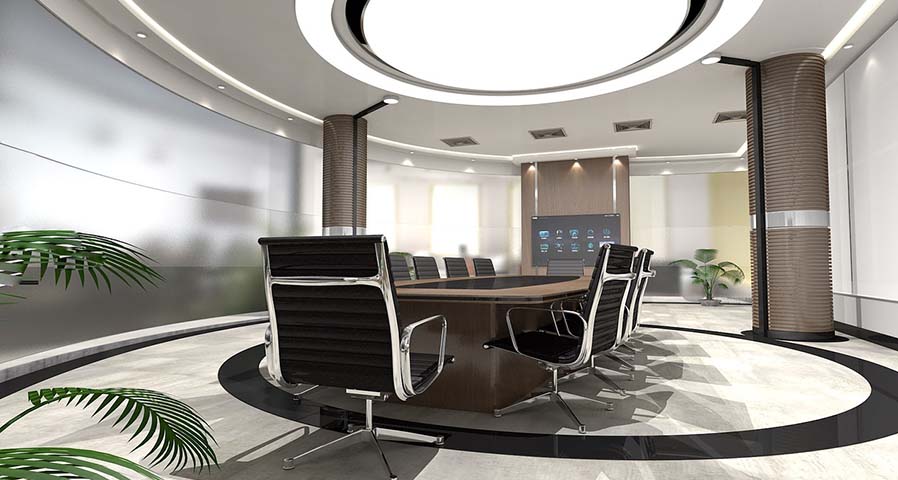





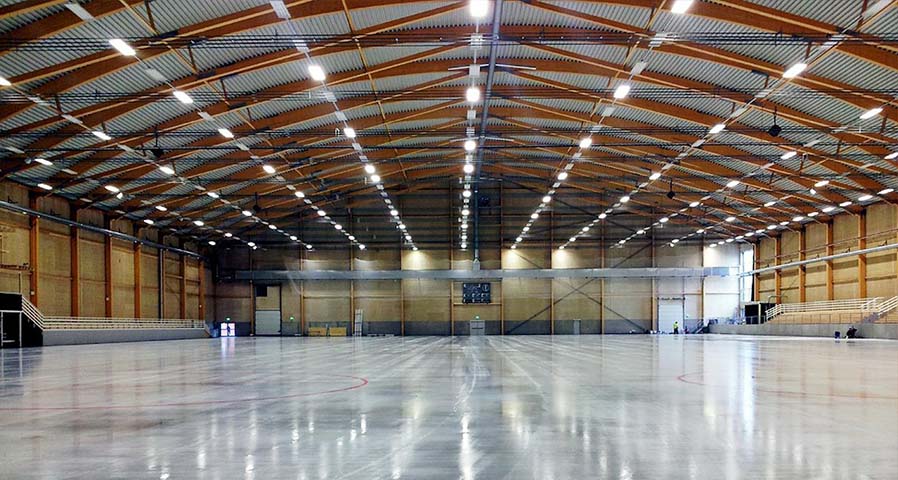








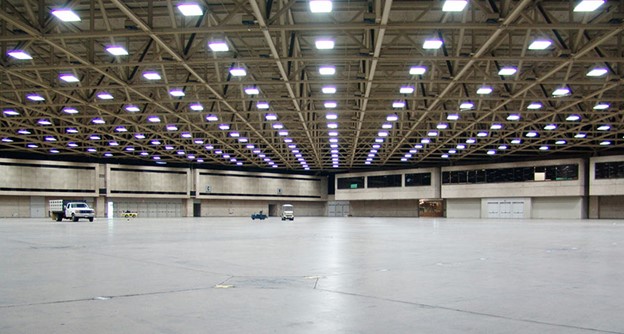



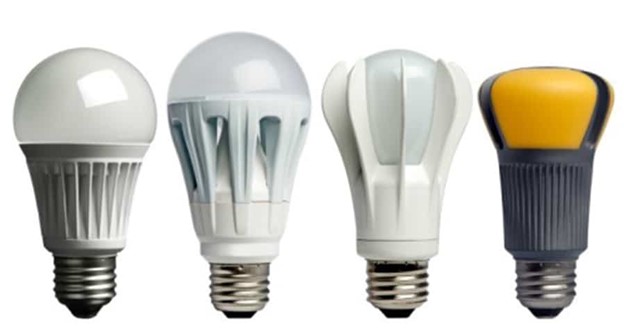
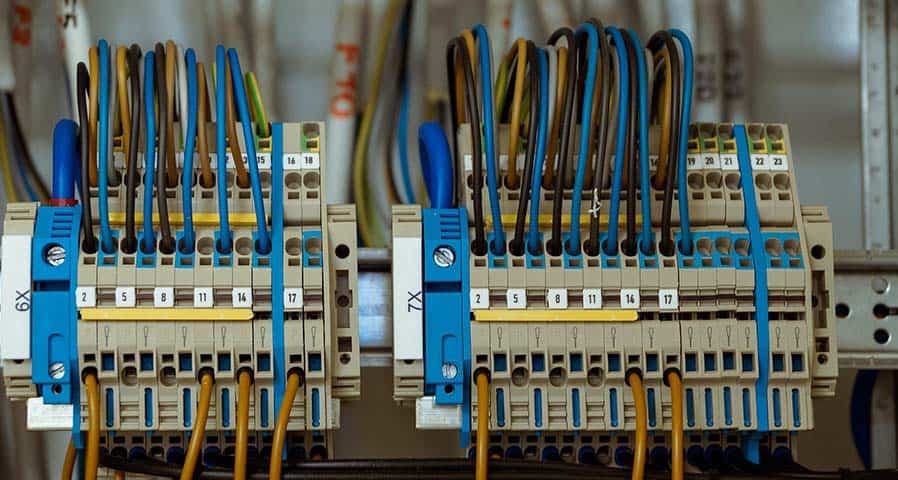





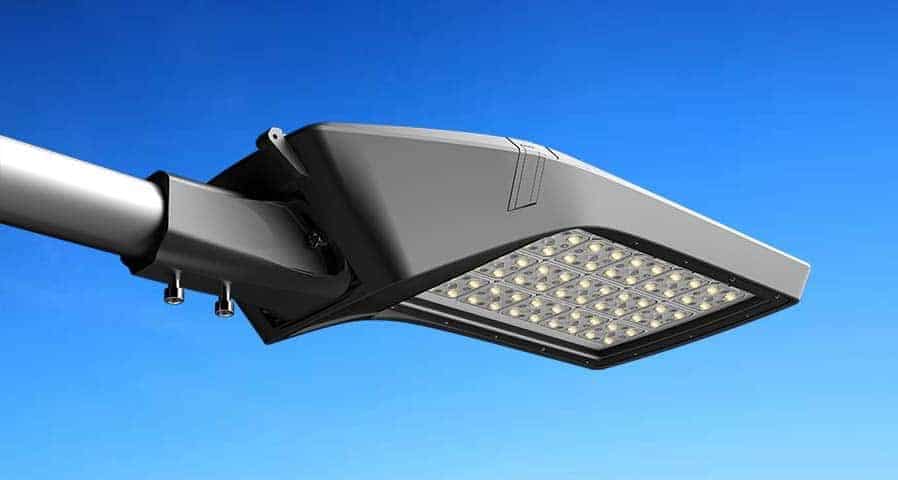


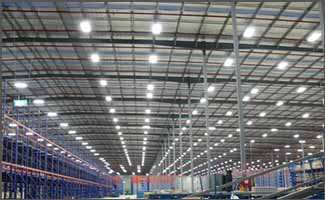
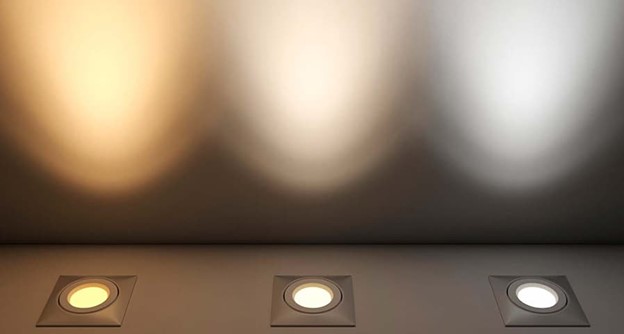







0 Comments